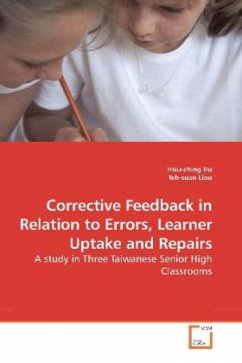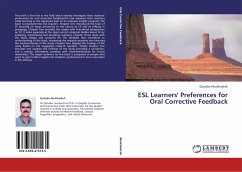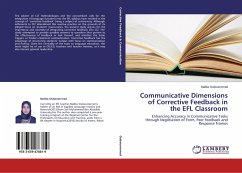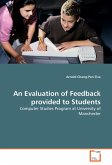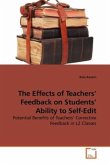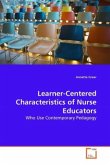The study utilizes the model and categories developed and defined by some researchers to explore seven types of corrective feedback and their relationships to error types, learner uptake, and repairs in three Taiwanese senior high classes, in which both language form and communication are emphasized. Three teachers and their 126 sophomore students from a private middle school located in southern Taiwan participated in the present study. Data were collected from 22.5 hours of classroom observations and a semi-structured interview with teacher participants. Qualitative and quantitative methods, such as the descriptive analysis and Chi- square tests, were used to analyze the transcribed data. Based on the findings, the study concludes that the most frequent type of corrective feedback is not always the one leading to the most uptake and student-generated repairs. Teachers should use more negotiation moves and transfer in response to learner errors since these types can elicit more uptake and student-generated repairs.

